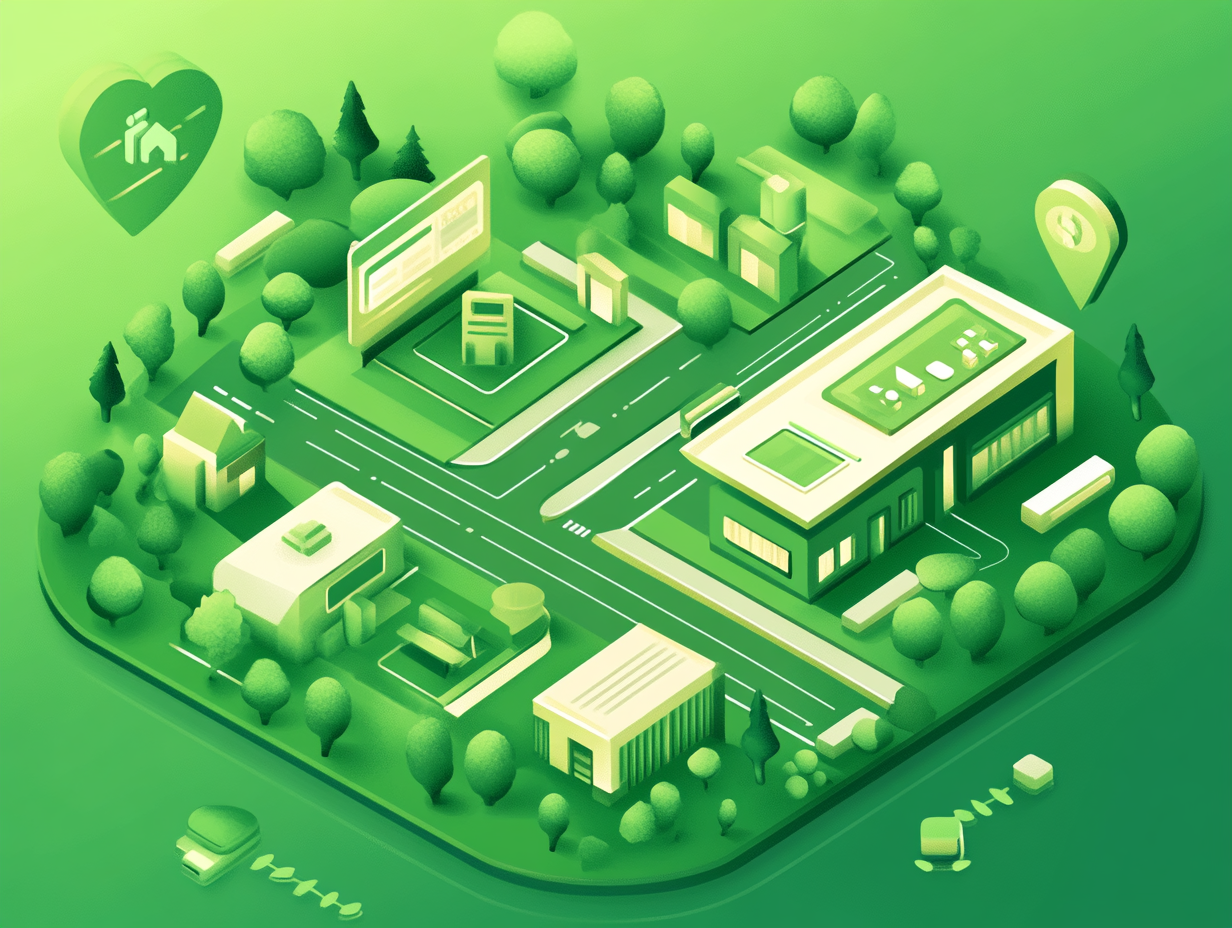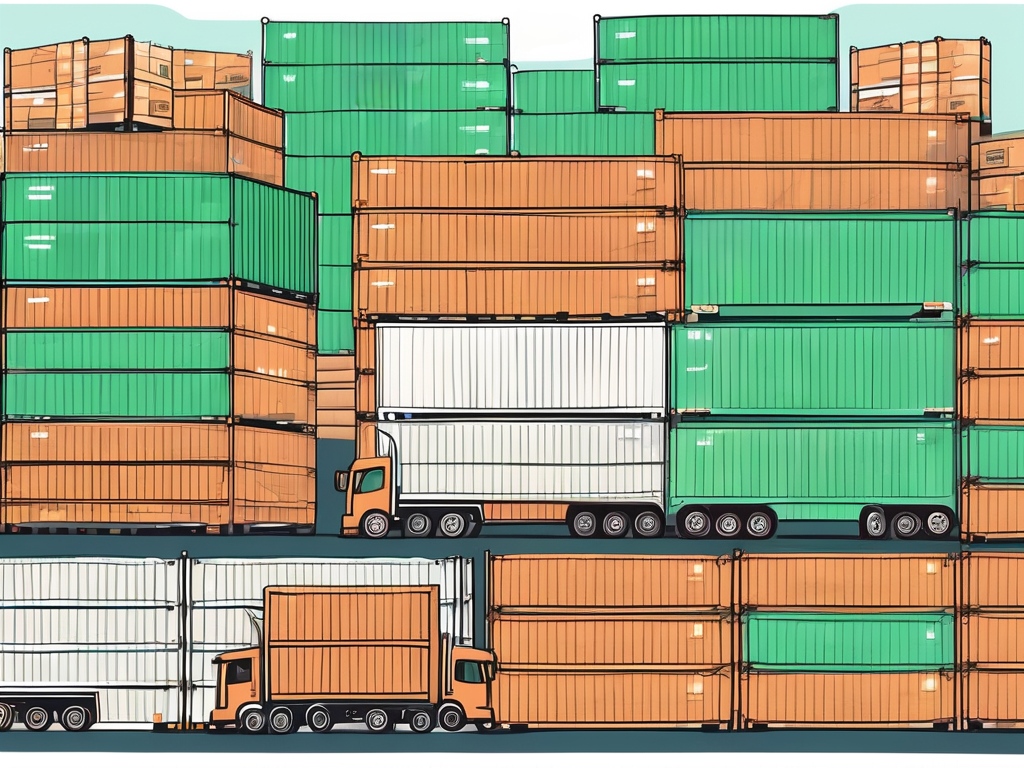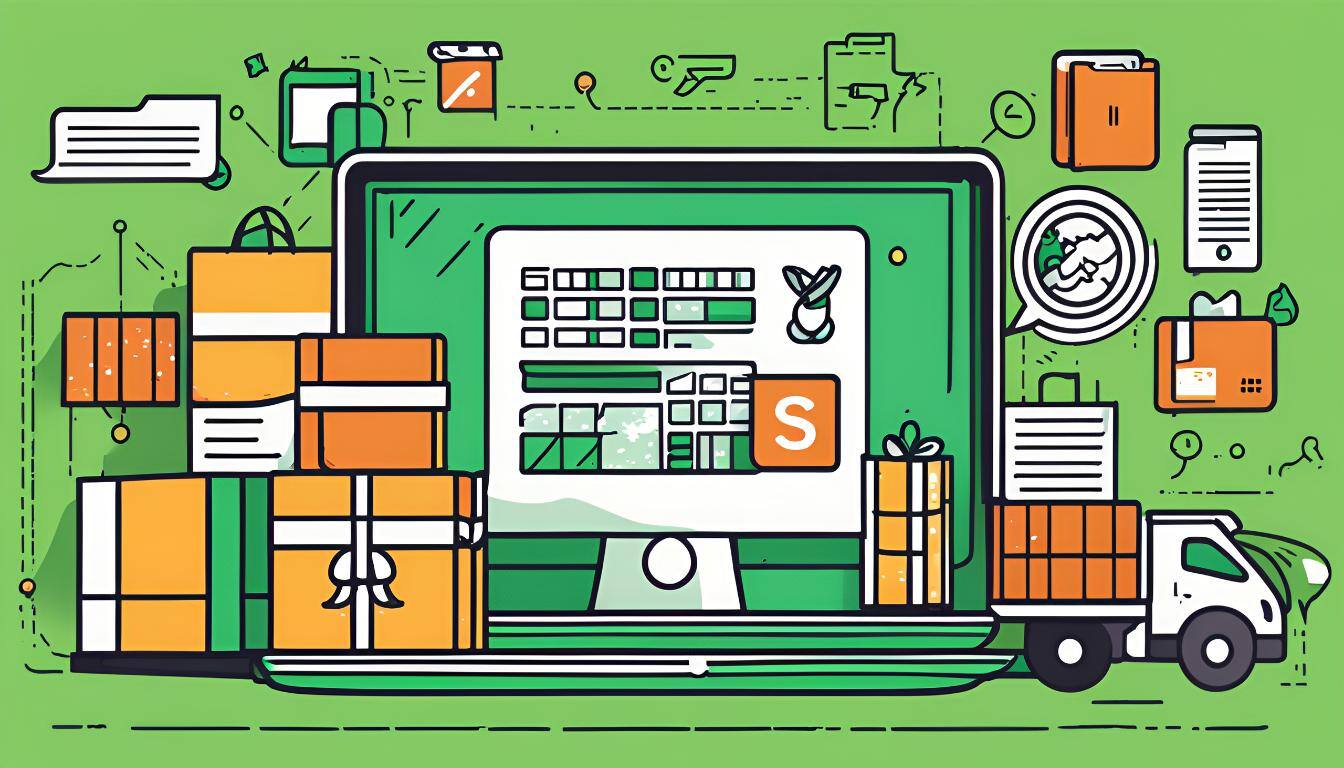Share this
What to Know Before Implementing Reverse Logistics Software for Your Business
by Shipfusion Team on Dec. 23, 2024

Reverse logistics software plays a pivotal role in modern ecommerce, enabling businesses to manage returns, repairs, and recycling more efficiently. As online sales grow, so does the volume of returns—a reality that can strain operational systems if not properly managed. This article explores what reverse logistics software is, its key features, and when ecommerce businesses should consider implementing it as part of their operations.
What Is Reverse Logistics Software?
At its core, reverse logistics refers to the process of moving goods back from the customer to the manufacturer or retailer, often for reasons like returns, warranty claims, repairs, refurbishment, or disposal. Reverse logistics software is designed to streamline and automate this process, helping businesses manage returns efficiently and recapture value from returned items.
This type of software typically includes features such as returns tracking, automated approvals, warehouse management for returned goods, and data analytics to understand return patterns. By centralizing and simplifying these processes, reverse logistics software reduces manual labor, improves customer experiences, and optimizes inventory management.
The Main Features of Reverse Logistics Software
Reverse logistics software offers several functionalities that address the unique challenges of managing returns:
- Automation: Speeds up the return process by automating approval workflows, shipping labels, and refund processing.
- Real-Time Tracking: Provides visibility into the return journey, from initiation to resolution.
- Data Insights: Analyzes return trends, helping businesses identify product defects, customer preferences, and inventory needs.
- Integration: Works seamlessly with existing systems like supply chain platforms, ecommerce tools, and customer relationship management (CRM) software.
When Should Ecommerce Businesses Consider Reverse Logistics Software?
Not every business needs reverse logistics software right away, but there are certain situations where implementing it becomes a valuable investment:
1. High Volume of Returns
Ecommerce businesses that experience frequent returns—common in industries like fashion, electronics, and home goods—can benefit from reverse logistics software. The automation reduces the time and labor costs associated with processing returns.
2. Complex Return Policies
If your business offers flexible or international return policies, software can help manage these complexities, ensuring compliance with regulations and delivering a seamless customer experience.
3. Scaling Operations
For businesses expanding into new markets or dealing with seasonal spikes in demand, reverse logistics software provides the infrastructure to handle increased return volumes without overwhelming existing systems.
4. Sustainability Goals
Companies aiming to reduce waste and implement greener practices can use reverse logistics software to facilitate recycling, refurbishing, or reselling returned products.
5. Customer Satisfaction Challenges
If your business struggles with complaints about slow or cumbersome return processes, reverse logistics software can enhance customer satisfaction by providing faster resolutions and greater transparency.
Advantages of Reverse Logistics Software for Ecommerce Businesses
An investment in reverse logistics software for your ecommerce business may or may not be worthwhile depending on whether it faces any of the aforementioned challenges. Its value is further determined by whether the 'benefits' meaningfully benefit you.
1. Cost Savings
Efficient returns management reduces labor and storage costs while minimizing losses from damaged or unsellable items. Software that tracks return trends can also help prevent unnecessary overstocking or overproduction.
2. Improved Customer Experience
Customers value smooth return processes. Reverse logistics software enables automated communications, real-time updates, and quicker refunds, which improve customer trust and loyalty.
3. Better Inventory Management
The software integrates with inventory systems to update stock levels as returns are processed. This ensures more accurate inventory tracking and helps businesses make informed purchasing and stocking decisions.
4. Sustainability Benefits
By facilitating product refurbishment, recycling, or donation, reverse logistics software supports corporate sustainability goals and enhances a brand's reputation with environmentally conscious consumers.
Overcoming Implementation Challenges
While reverse logistics software offers numerous benefits, implementing it requires careful planning to avoid common hurdles:
- Integration with Existing Systems: Choose software compatible with your current platforms, such as ecommerce, supply chain, and warehouse management tools.
- Employee Training: Invest in training programs to ensure your team understands how to use the software effectively.
- Data Migration: Plan for the secure transfer of existing data to the new system to maintain continuity in operations.
Is Reverse Logistics Software Right for Your Business?
Reverse logistics software is a valuable tool for ecommerce businesses facing high return volumes, scaling operations, or prioritizing customer satisfaction and sustainability. It transforms returns management from a costly burden into a strategic advantage, helping businesses optimize processes and drive long-term growth.
Partnership with Shipfusion Delivers More Value Than Reverse Logistics Software
If managing returns is a challenge for your ecommerce business, Shipfusion can help. Our end-to-end returns management services streamline reverse logistics, ensuring your customers enjoy a seamless experience while you maintain operational efficiency.
Contact Shipfusion today to learn how we can support your returns strategy and elevate your business operations.
Share this
You May Also Like
These Related Articles

How to Navigate Your Local Carrier Center Efficiently

Top Ground Freight Shipping Companies for Reliable Delivery

How Customs Broker Responsibilities Serve Global Ecommerce Goals
- April 2025 (23)
- March 2025 (26)
- February 2025 (26)
- January 2025 (37)
- December 2024 (16)
- November 2024 (23)
- October 2024 (22)
- September 2024 (27)
- August 2024 (9)
- July 2024 (8)
- June 2024 (5)
- May 2024 (8)
- April 2024 (8)
- March 2024 (6)
- February 2024 (6)
- January 2024 (5)
- December 2023 (3)
- November 2023 (3)
- October 2023 (5)
- September 2023 (4)
- August 2023 (2)
- July 2023 (1)
- June 2023 (4)
- March 2023 (2)
- October 2022 (1)
- September 2022 (5)
- August 2022 (4)
- July 2022 (7)
- June 2022 (4)
- May 2022 (4)
- April 2022 (6)
- March 2022 (2)
- February 2022 (1)
- January 2022 (3)
- December 2021 (2)
- November 2021 (4)
- October 2021 (2)
- September 2021 (5)
- August 2021 (4)
- July 2021 (4)
- June 2021 (3)
- May 2021 (2)
- April 2021 (3)
- March 2021 (3)
- February 2021 (3)
- January 2021 (2)
- December 2020 (4)
- November 2020 (2)
- October 2020 (4)
- September 2020 (2)
- July 2020 (5)
- June 2020 (4)
- May 2020 (2)
- April 2020 (2)
- March 2020 (4)
- February 2020 (1)
- December 2019 (1)
- May 2018 (1)
- March 2018 (2)
- February 2018 (3)
- January 2018 (3)
- November 2017 (3)
- July 2017 (4)
- March 2017 (3)
- February 2017 (5)
- January 2017 (3)
- December 2016 (4)
- November 2016 (6)
- October 2016 (6)
- October 2015 (1)
- September 2015 (1)
- June 2015 (3)
- May 2015 (3)
- August 2014 (1)
- July 2014 (1)
- March 2014 (1)
- February 2014 (1)